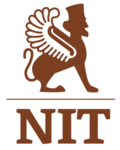On the 100th Anniversary of the Republic of Turkey, an atmosphere of celebration, joy and gratitude was in the air. For the people who wanted to stay inside, tv channels provided their audiences with documentaries and movies related to the Turkish National Movement and the Independence War. On this exact day I came across with a documentary film called Serdtse Turtsii1 (Türkiye’nin Kalbi Ankara, 1934) on Digiturk Film Channel. In light of the 100th Anniversary celebrations, the film captures the Republic of Turkey during its 10th Anniversary. It presents a story of how Turkish people liberated themselves from the shackles of imperialism and how rural Anatolia transitioned into Modern Turkey. Serdtse Turtsii is the movie to watch if you want to learn more about early 20th Century Turkish-Russian relations.
During the Independence War, the USSR was one of the first states to recognise the Turkish Grand National Assembly. Not long before, the USSR had been formed by the proletariat, having disposed of their Tzar during the well-known Russian Revolution. The Treaty of Moscow, or ”Treaty of Brotherhood” between the USSR and Turkish Grand National Assembly was signed on 16th of March 1921. To further strengthen their diplomatic relations, the treaty drew attention to the hardships they each endured in their stories of liberation, resistance and recovery. For the celebration of 10th Anniversary of the Republic of Turkey in 1933, Soviet Defence Minister Kliment Voroshilov was invited and greeted with enthusiasm as a display of gratitude for the help of the Soviets during the Independence War. Atatürk commissioned Russian filmmakers Sergei Yutkevich and Lev Arnshtam to make a film for USSR – the newest mass-media trend of the time. The revolutionary period was an era marked with idealism and a great deal of tension, but also social and cultural experimentation. Cinema was seen as an important medium to unite the huge, diverse USSR. Meanwhile Atatürk envisioned art as a degree of civilisation, influenced by the Enlightenment period. Undoubtedly, filmmaking was a part of it.
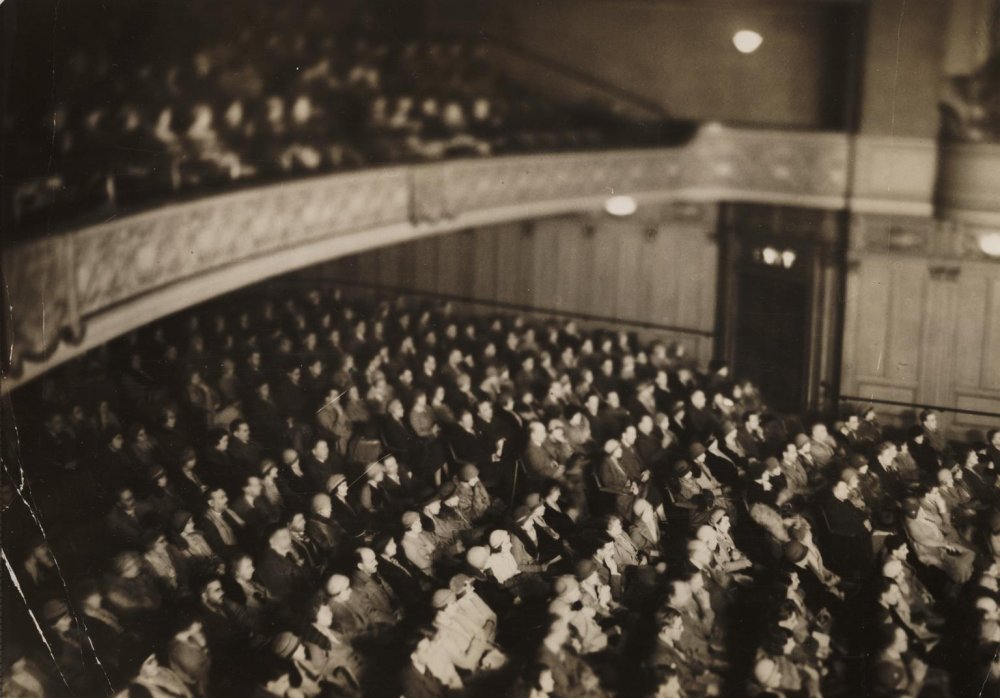
”The cinema is for us the most important of the arts2”
Vladimir Lenin
After its release, the film immediately became a symbol of solidarity between two nations that fought against Western imperialism in the early 20th Century. Many questions arose in my head while I was watching the film. Was it a well-done film to encourage peace? Or is it a propaganda tool, or an effective combination of both? There are two themes that frequently appear in the film which captured my attention while watching it: the Soviet vision of the ‘new Turkish Man’, and modernisation, specifically the urbanisation of Ankara as a capital city. In line with the recent book launch event ”A Hundred Years of Republican Turkey: A History in a Hundred Fragments” with the collaboration of NIT, I analysed how the Republic of Turkey was recognised and perceived through foreign lens.
The Soviet Vision: ‘Turkish Proletariat’
One theme the film often highlights is the power of the Turkish people, and how it re-built its identity in the Turkish National Movement.
The Bolsheviks were deeply invested in cultivating the new ‘Soviet Man’. The Soviets’ vision of a citizen was a character whose main aim was to dedicate themselves to the revolution – in any parts of life. Caricatures of the ‘socialist self-made man’ were useful propaganda tools to glorify the revolution; this imagery also appeared in Soviet Cinema.
Self-reliance and the national self were also must-haves for a person during the Turkish National Movement. Atatürk has often declared his trust and faith in Turkish people as a motivator. In the movement, the people of Turkish nation were awakened, revived and made aware of their own identity3. Serdtse Turtsii merges the Turkish man with a Soviet character. The stills below are clear representations of how the Soviets envisioned Turkish people during the Independence War.
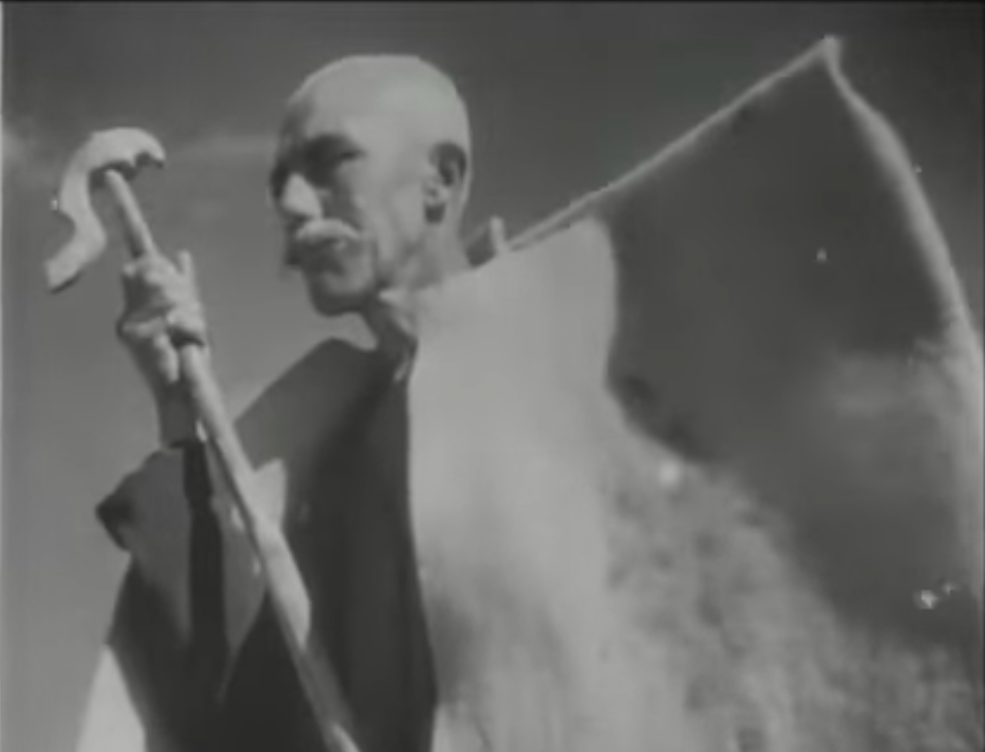
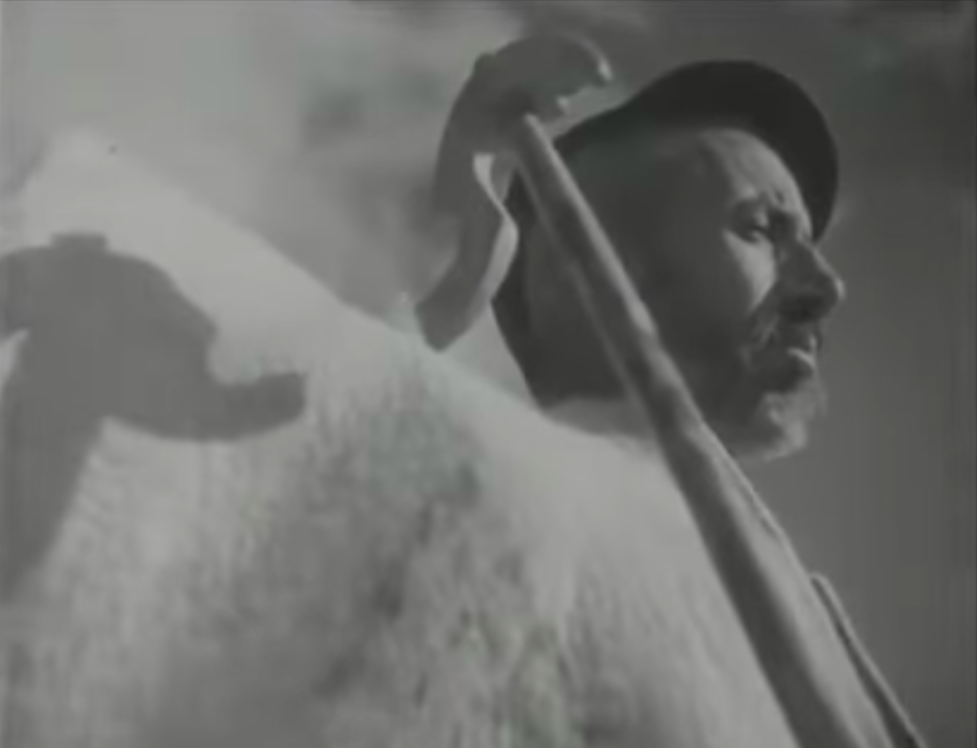
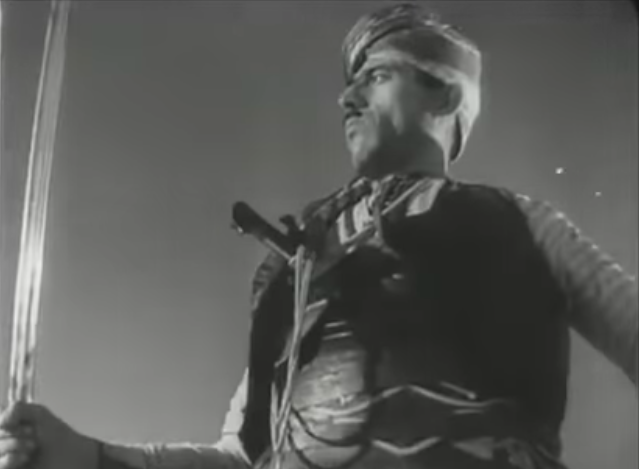
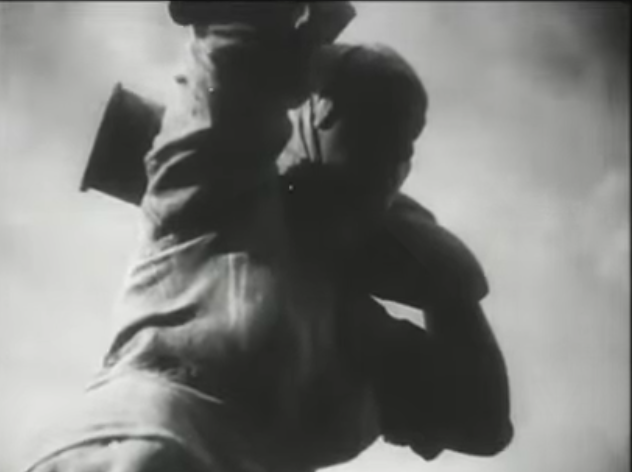
Urbanisation, Modernisation and the Cultural Heritage of Ankara
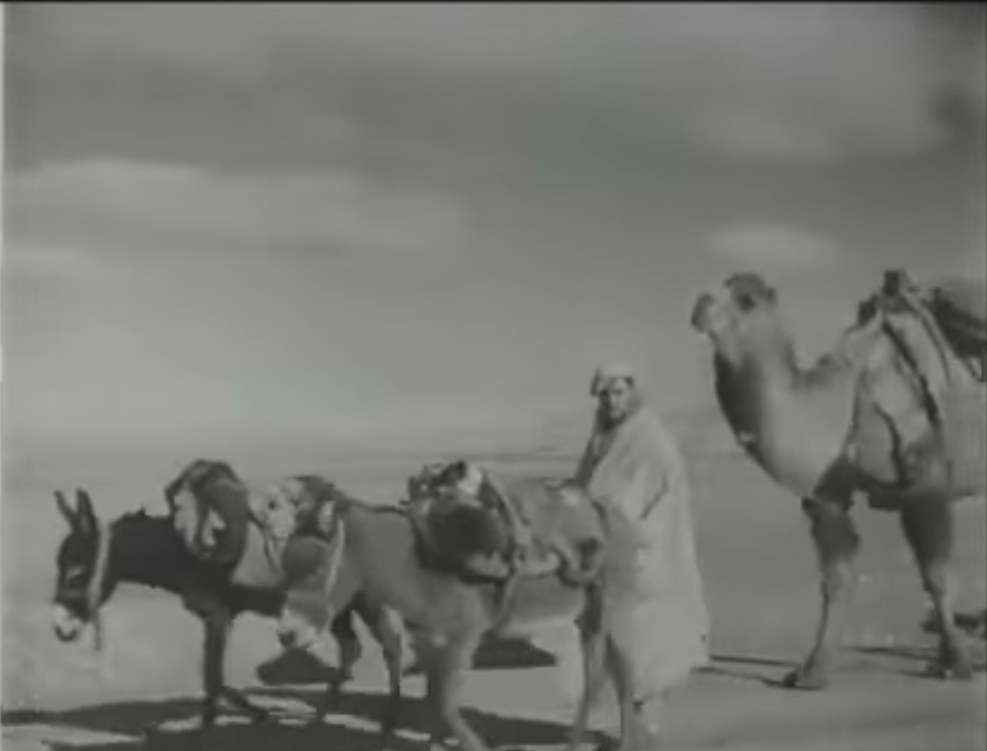

”From time to time, it is beneficial to compare the past with the effectiveness of the recent reforms”, says Prime Minister İsmet İnönü in the beginning of the film. The film often provides contrast between old and new Ankara. At first the film portrays shoddy buildings, the lack of roads and the primitive transportation methods of old Ankara. Then we see the expanding city that slowly replaces the old Ankara; rapid industrialisation and the new buildings of the Turkish Grand National Assembly, the Ulus Square, banks, factories, science and health centres and the Ethnographic Museum are displaying the modernity that the reforms brought into the city.
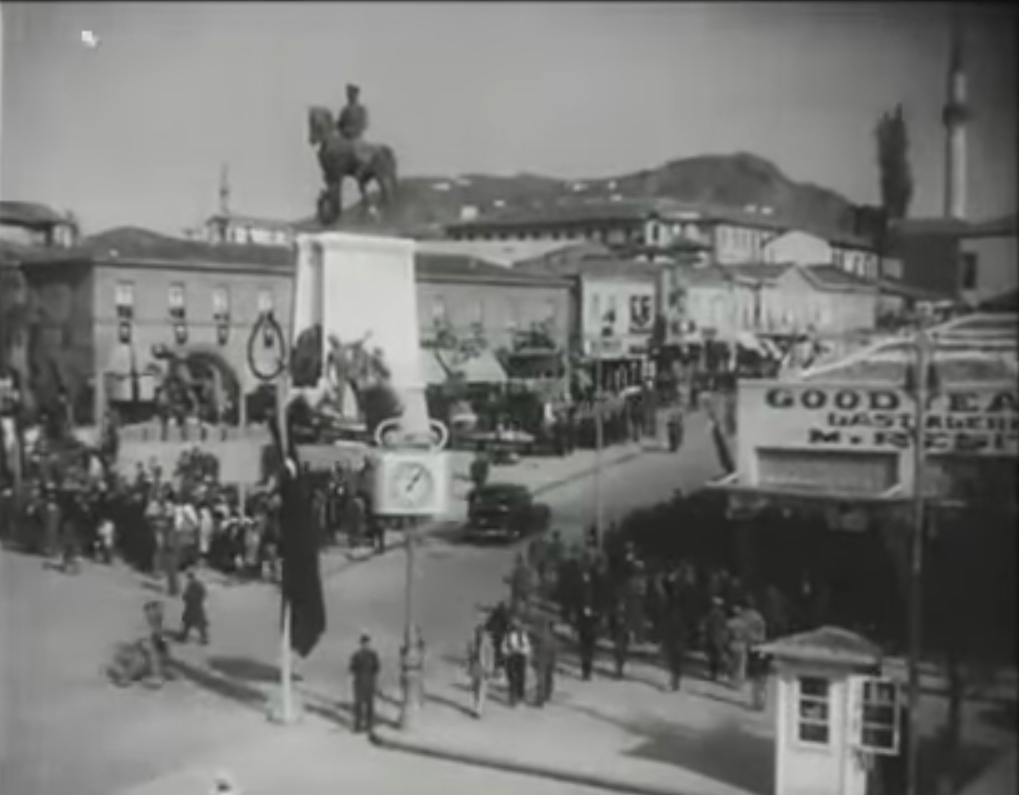

The film also touches upon the cultural heritage of Ankara and portrays antiquity as a symbol of civilisation – especially for the European audience. To introduce the city to the people of Russia, specifically the Greek, Roman and Byzantine cultural sites are paid attention to. However many argue that the movie denigrates the Turkish people of Rural Anatolia, as the Turkish consultants of the movie self-orientalise the country. Nevertheless, we see people from all backgrounds visiting Ankara for the celebrations of the 10th Anniversary. Girl scouts in uniform, rural women, veterans, soldiers and the Efe4 in traditional clothing… the feelings of accomplishment and hope are documented during the welcoming of Soviet Defence Minister Voroshilov.
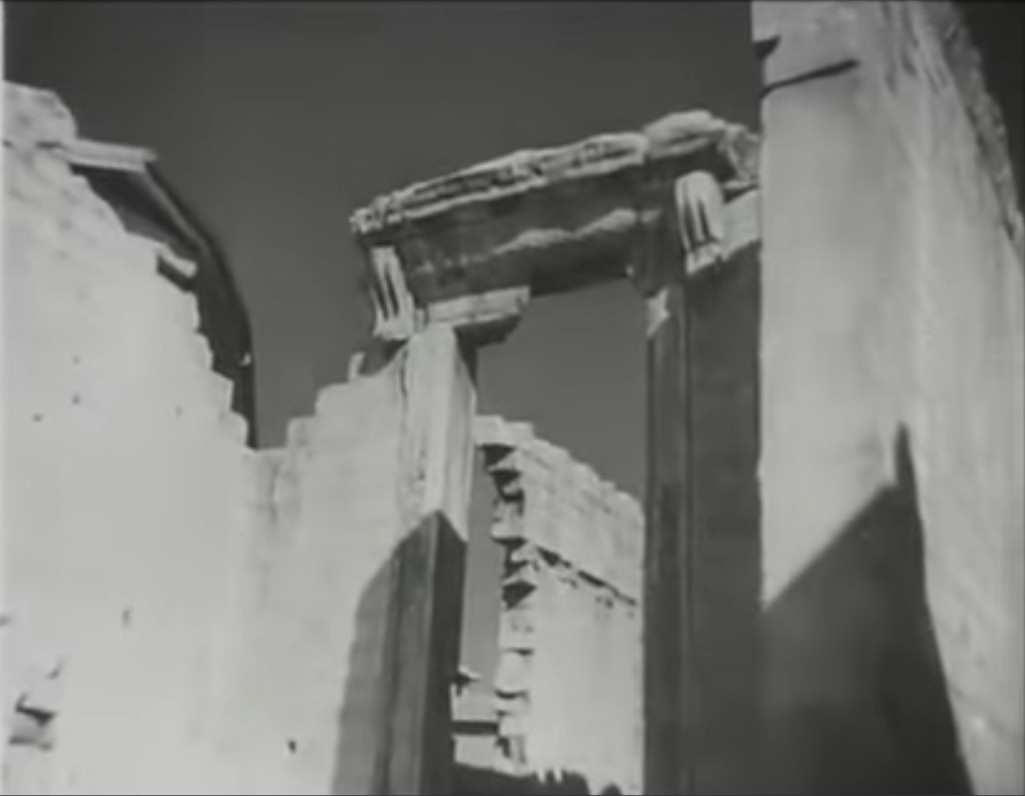
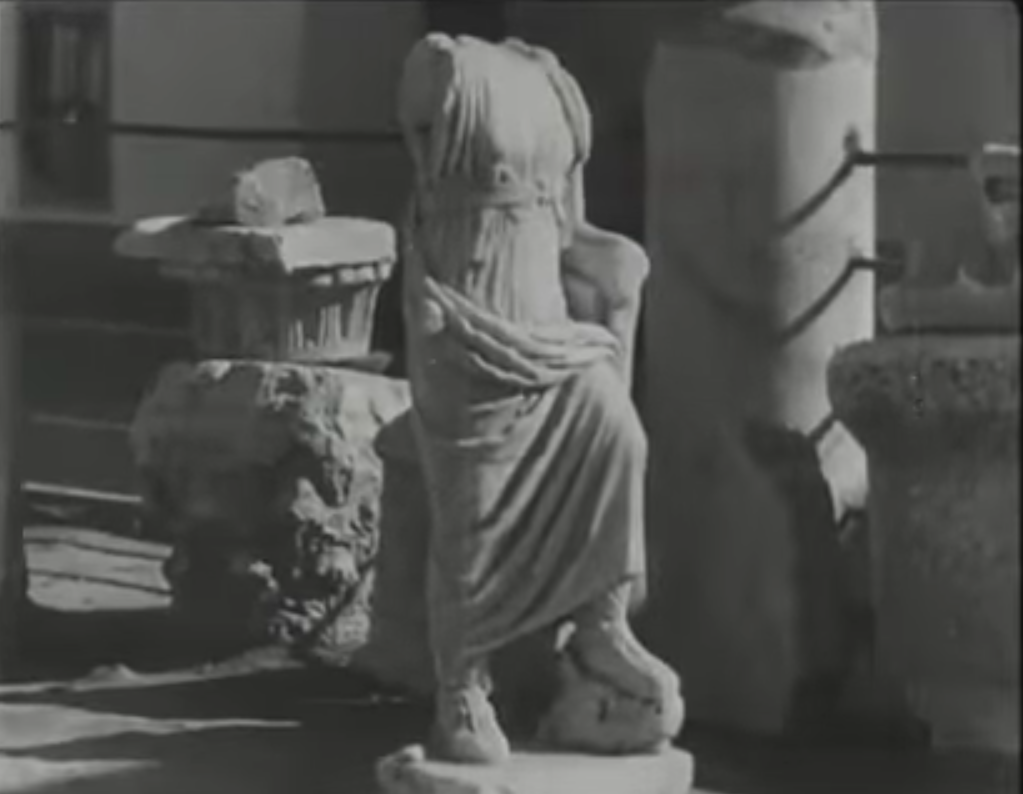
How Was the 10th Anniversary Speech of Atatürk Recorded?
Atatürk’s well-known speech was going to be recorded by Turkish cameramen as well as by crews from France, Britain, Italy and many more. Yet there was only one person who was able to save the recording. Sergei Yutkevich, who was also the director of the film, integrated the speech at the end of the film. He recalls:
”For the 10th Year Anniversary of the Republic, we were invited as the Soviet crew with Comrade Voroshilov. I was the cameraman of the crew. The technology of other crews was more advanced than ours, so we were silently mocked by other crews. We set up our cameras across the stand where Atatürk would deliver his speech. A few moments later all the guests took their places, and Atatürk entered the (Ankara) hippodrome via a drop-head. I put my eyes on the viewfinder and started recording. When Atatürk’s car passed by us I suddenly heard screams and saw people rushing around the cameras. Atatürk got off the car and walked to the stand. I followed him with my camera, not minding the chaos. Then I learned that all of the cables of the cameras were shattered when Atatürk’s car passed by, except ours.”5
What Happened Next?
Positive emotions were overall present in Ankara after the welcoming of the Soviet crew in 1933. After a period of war and struggle, the public warmed up to the idea of peace between two countries. However, during the Cold War, when Turkey’s accession to NATO was completed in 18 February 1952, the public view changed drastically. The Soviet regime aggressively expanding and becoming increasingly authoritative accelerated the tensions in the relations between USSR and Turkey. Taking these into account, a wave of antagonism replaced the supportive sentiments between the two states. Consequently, the film was considered communist propaganda.
Serdtse Turtsii was collecting dust in the archives up until the 31st Death Anniversary of Atatürk. The movie was broadcasted on 10th of November 1969 by the TRT (Turkish Radio Television) Head of Programme Department Mahmut Tali Öngören. Then it was abruptly stopped by Adnan Öztrak, the General Manager of TRT, who at the time declared that ”This movie can only be broadcasted in Moscow!6” The viewers then also complained that the movie represented Anatolia as a poverty-stricken region. As a result, the movie was not broadcasted in any channel for a while.
The broadcasting process had its ups and downs, resulting in mixed views of the audience, who in the past had looked at the movie with strong feelings of patriotism, pride and enthusiasm. Though in the 21st Century, the film resurfaced from the archives as an informative piece over the perception, recognition, and appreciation of the Republic through the foreign lens.
The film is available on Sinematek.tv.
Filmography:
Yutkevich, Arnshtam, 1934, Serdtse Turtsii [Film]
Bibliography:
(2023, January 23). Atatürk’ün Lenin’e Verdiği Söz. Aydınlık https://www.aydinlik.com.tr/fotogaleri/ataturkun-lenine-verdigi-soz-362860?
Hroch. M. (2000). Social preconditions of national revival in Europe: a comparative analysis, Preface to Columbia University Press edition, p. XII.
Korkmaz, T. (2017) Mustafa Kemal and Turkey in the Correspondences of Soviet Bureaucrats (1918-1922)
Özdemir, Ö. (2019, September 13). “Türkiye’nin Kalbi Ankara”: Bu film Ancak Moskova’da Seyrettirilir! Sendika.Org. https://sendika.org/2019/09/turkiyenin-kalbi-ankara-bu-film-ancak-moskovada-seyrettirilir-onder-ozdemir-561166#_ftn1
Özmen, Ü. (2009, May 19). Lenin, Atatürk’ü Nasıl Bilirdi? birgun.net. https://www.birgun.net/makale/lenin-ataturk-u-nasil-bilirdi-19890
The Soviet Union. Encyclopædia Britannica, inc. . (n.d.). https://www.britannica.com/art/history-of-the-motion-picture/The-Soviet-Union
Image sources:
A very short history of cinema. National Science and Media Museum. (2020, June 18). https://www.scienceandmediamuseum.org.uk/objects-and-stories/very-short-history-of-cinema
Yutkevich, Arnshtam, 1934, Serdtse Turtsii [Film]
Footnotes:
- English translation: The Heart of Turkey. ↩︎
- The Soviet Union. Encyclopædia Britannica, inc. (n.d.).
↩︎ - Hroch. M. (2000). Social preconditions of national revival in Europe: a comparative analysis, Preface to Columbia University Press edition, p. XII. ↩︎
- Efe (or Zeybek) has two meanings. It is the name of the irregular soldiers and guerrillas in Aegean region. It is also the name of the folk dancer men of Aegean Region. In the film, we see the Efe folk-dancing during the celebrations. ↩︎
- Özdemir, Ö. (2019, September 13). “Türkiye’nin Kalbi Ankara”: Bu film Ancak Moskova’da Seyrettirilir! Sendika.Org. ↩︎
- Özdemir, Ö. (2019, September 13) ↩︎
